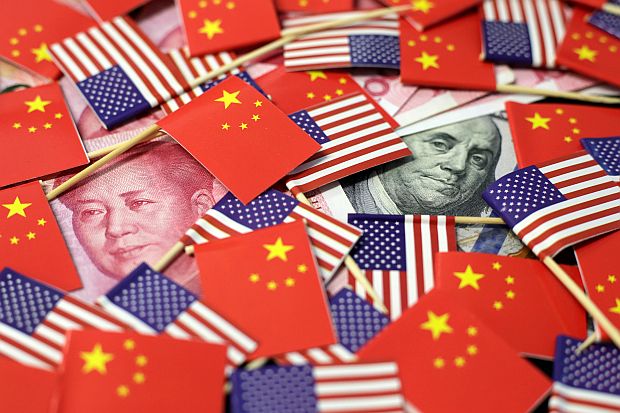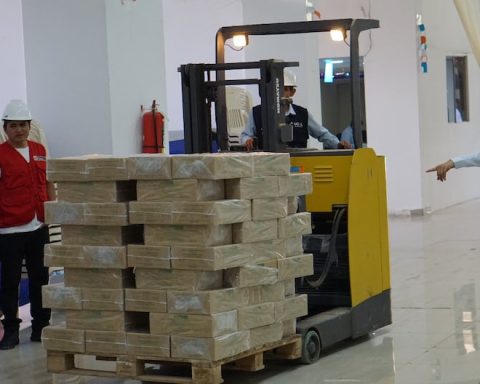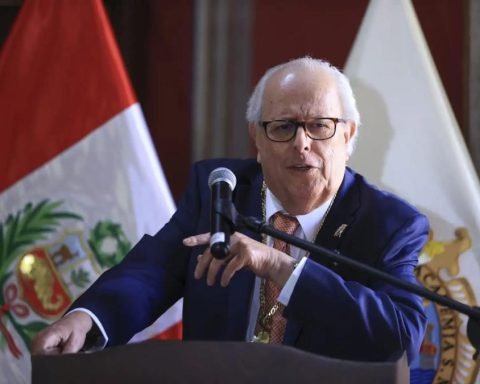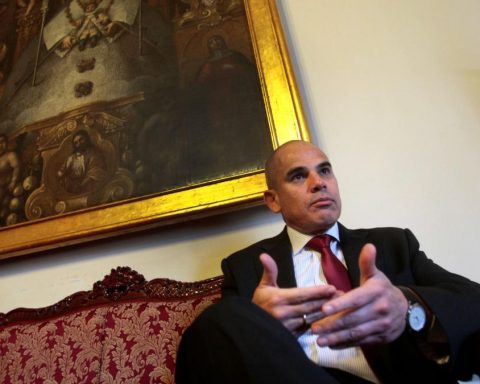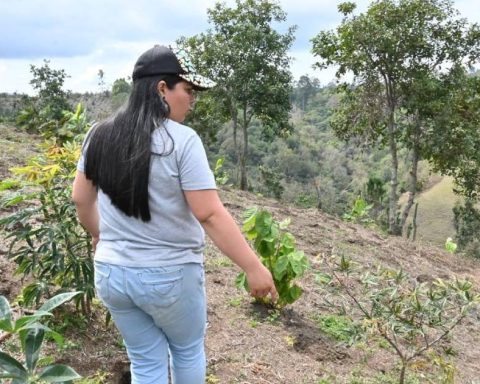The president of the United States donald trump announced two weeks ago that on January 20, one of its first decrees will be the imposition of tariffs on products entering the United States from Mexico and Canada and the same will happen with products from China.
A tariff is a tax that is set with the purpose of making imported goods more expensive to discourage their consumption. For example, Trump has specified that he will set a rate of 25% in tariffs on products imported from Canada and Mexico, that is, he will make them 25% more expensive, while for China he will set tariffs of around 60%.
In contrast to these protectionist policies, Trump has promised to reduce the corporate tax rate to between 15% and 20%, among other measures that promote the competitiveness of American companies.
These announcements have raised many questions in the market about the effects on the global economy. It also leads us to wonder how it can affect our country.
Liliana Rojas Suárez, a prominent Peruvian economist who serves as director of the Center for Global Development, provided an answer to this question on the first day of the XXXV Annual Research Seminar 2024: Challenges and perspectives of Peru and Latin America: investment, sustainability and cohesion.
According to Rojas, there is no consensus on the potential damage that Trump’s protectionist policies could cause to economies and global trade. He maintained that the market, referring to Wall Street investors, has not reacted.
Rojas took as an argument the country risk indicators that move up or down when investors notice a risk factor that may affect a certain economy or region. And these have been maintained after the statements of the new president of the United States.
“There is no discrimination by country at this time. For the market everything is very uncertain. My presentation could have a single name as its title: uncertainty. Risk is measured, while uncertainty is impossible,” said Rojas. He maintained that for this reason there is no reaction from the market.
However, he added that the transmission mechanism of Trump’s measures on the economic variables common to the countries can be analyzed to determine the impact on Peru.
Transmission mechanisms
The expert specified that what has moved is the indicator of trade policy uncertainty, which increased greatly when Trump set tariffs in the past. He said that this should worry countries like Peru, because according to a study by Goldman Sachs, when this index increases significantly there is a negative effect on growth in Latin America.
Also, Rojas stated that external factors adverse to the region such as extended tariffs and possible disruptions in global supply chains can translate into inflationary pressures at a global level that would imply increases in interest rates. This increases the cost of financing for governments, companies and families.
“If interest rates and financing costs remain high, that does affect Latin America because it needs external financing,” he commented.
He indicated that it is therefore important to be prepared to face high interest rates.
He mentioned that on the monetary policy side of Peru, like the majority of the region, he does not see problems facing a context of trade war. In contrast, he indicated that what he does find problems with is fiscal policy.
He commented that Latin America cannot have very expansive fiscal policies, hence the need to keep deficits and debts under control. In the case of Peru, he said that it still has controlled deficits.
“Peru is among the strongest countries in fiscal position, with the exception that it is approaching the wrong direction,” he said.
Another factor highlighted by Rojas that a possible trade war could affect countries is low factor productivity, that is, the ability of the economy to produce with the amount of capital and labor force it has available. Low productivity can be detrimental to reversing a decline in the economy.
He argued that the factor productivity of Latin America with respect to the United States is not only below, but its gap with respect to said economy is increasing.
Artificial intelligence
For example, artificial intelligence can help countries improve their productivity, but how prepared is Latin America? According to Rojas, the countries most prepared for artificial intelligence are Uruguay, Chile, Brazil and Argentina. In contrast, Peru is in the middle of the table. According to Rojas, Peru is not doing well.
Take advantage of the NEW EXPERIENCE, receive our enriched digital newspaper by mail and WhatsApp. Peru21 ePaper.
Now available in Yape! Find us at YAPE Promos.
RECOMMENDED VIDEO
